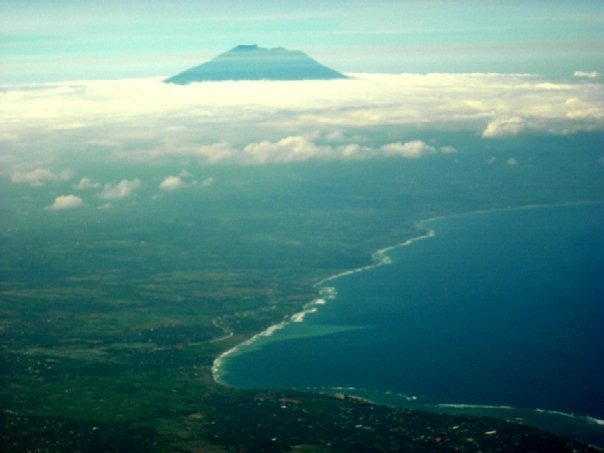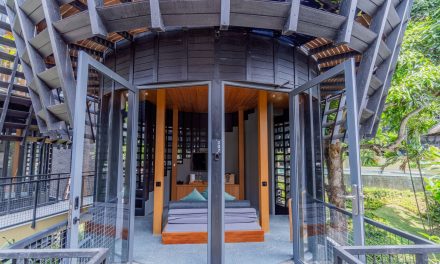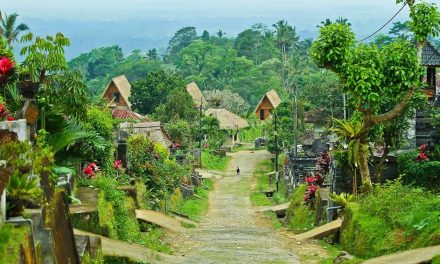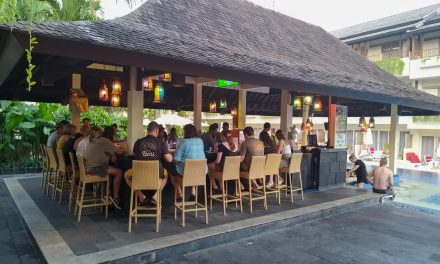If you’re planning a trip to Bali, the vibrant area of Seminyak is likely on your itinerary. While Seminyak is famous for its stunning beaches, trendy bars, and high-end shops, it also boasts some breathtaking temples that offer fantastic photography opportunities. Balinese temples are not only places of worship; they are cultural treasures overflowing with intricate designs and serene landscapes that can elevate your photography game. In this article, I’ll share my personal experiences and insights into the top temples in Seminyak for photography enthusiasts. So grab your camera, and let’s explore!
1. Petitenget Temple
Tucked away just a short distance from the bustling beach clubs, Petitenget Temple is a true gem. The moment I stepped onto the grounds, I was captivated by the intricate stone carvings and the lush greenery surrounding the temple. The backdrop of the setting sun peeking through palm trees made for a dramatic shot.
Photography Tips:
– Best Time to Visit: Try to arrive during the golden hour—typically an hour after sunrise or before sunset. The soft, warm light enhances the colors of the temple and surrounding scenery.
– Lighting: Use the temple’s unique architectural features to frame your shots. Capture the main entrance with the warm glow of the setting sun to create a striking silhouette.
Personal Anecdote:
During my visit, I joined a small group of locals who were preparing for a traditional ceremony. It was fascinating to witness the community’s dedication, and capturing those candid moments where families came together made my photographs feel even more special.
2. Pura Luhur Poten
Located just a bit outside of Seminyak but worth the trip, Pura Luhur Poten is spectacular, especially if you’re after ocean shots. This temple sits on a rocky cliff with waves crashing below, offering raw and dramatic landscapes. I dared to climb down to the rocks to get a shot that really highlights the relationship between the ocean and the temple.
Photography Tips:
– Composition: Incorporate the ocean’s movement in your shots to give a sense of dynamism. Using a slow shutter speed can create that ethereal effect where the waves become soft and smooth.
– Vantage Points: Use your height to your advantage! Find a spot where you can shoot from above, displaying the temple with the vast ocean behind it.
Relatable Scenario:
If you’re not comfortable with climbing down steep rocks, find a safe spot on a nearby path. There’s always a picturesque angle, especially when the sun casts its last rays over the water!
3. Tanah Lot Temple
Although it’s a little further out, Tanah Lot Temple is probably the most photographed temple in Bali. It’s iconic for a reason! I remember the first time I saw it—there were locals selling flowers and souvenirs, and tourists snapping photos left and right. The temple sits on a rock formation surrounded by the sea, and during high tide, it appears almost mystical.
Photography Tips:
– Crowd Control: Get there early to avoid the larger crowds. The best shots are often found during the calm before the storm of travelers.
– Reflection Shots: If you visit during low tide, the pool of water near the base of the temple can be an excellent spot to capture reflection photos—so don’t forget to bring a polarizing filter!
Unique Insight:
The temple is also home to a legendary tale of a guardian sea snake, said to protect the temple from evil spirits. Imagine capturing a moment of the sunset while narrating such stories to your friends back home—your photos become even more meaningful!
4. Dalem Kerambitan Temple
Situated a bit inland, Dalem Kerambitan Temple is less known, yet it has a charm that draws in seasoned photographers. I stumbled upon it by accident during a bike ride, and what a delightful surprise it was! The intricate carvings on the temple walls and the small shrine surrounded by vibrant flowers are perfect for close-up photography.
Photography Tips:
– Macro Photography: Bring a macro lens if you have one. The details and textures of the carvings and flowers offer incredible opportunities for up-close shots.
– Local Culture: Ask locals about special rituals or ceremonies that may be happening. Often, this can lead to rare photographic opportunities that truly showcase the culture of Bali.
Practical Advice:
While taking photos, be respectful. A simple “permisi” (excuse me) goes a long way. Balinese culture is deeply rooted in spirituality, and your respect will be appreciated by the locals.
Conclusion
Photographing temples in Seminyak offers a unique blend of natural beauty and rich cultural heritage. Each temple has its own story and atmosphere, making it a paradise for photographers looking for diverse subjects and landscapes. Always be mindful of your surroundings, respect local customs, and don’t forget to enjoy the breathtaking views captured through your lens. So, are you ready to pick up your camera and explore these fantastic photography spots? Share your experiences and let your photography tell the beautiful story of your Bali adventure!






